If you’re reading this article you’re probably considering this question in some way or another. It’s a confusing question in the same way that getting a 24-70mm f2.8 or 24-70mm f4 lens can be mind-boggling. You shoot differently with these focal lengths. And the prices on both of these types of lenses are a consideration. If you’re a professional photographer, you have to think about how soon you can recoup the cost. If you’re a passionate photographer completely smitten with your hobby, it’s usually more of a justification to yourself and your spouse. So let’s figure this out.
The Pros and Cons of a 70-200mm f2.8 Lens
This is one of the most useful focal lengths any photographer can get their hands on. If you’re especially looking at Canon, Sony, Nikon, or L-mount, then you’ll understand. These lenses can help photographers get a myriad of tasks done. But, in most cases, they’re massive. The smallest one we’ve seen is Canon’s RF variant, but it’s also an external zooming lens. Still, it’s capable of producing gorgeous photos. And while the others can too, they’re al still pretty big. Have you ever tried shoving a 70-200mm f2.8 attached to a camera into your camera bag? We have! And in the case of Billingham messenger bags, Canon won.
Of course, not everyone is a messenger bag lover. So if you’re using a backpack, a 70-200mm f2.8 lens will be a better option. Further, if you’re not traveling and you’re locked in a studio, the 70-200mm f2.8 is a fantastic choice. There’s so much versatility with a single focal length. How do you beat it?
Here are some photos from previous 70-200mm f2.8 lens reviews we’ve done.



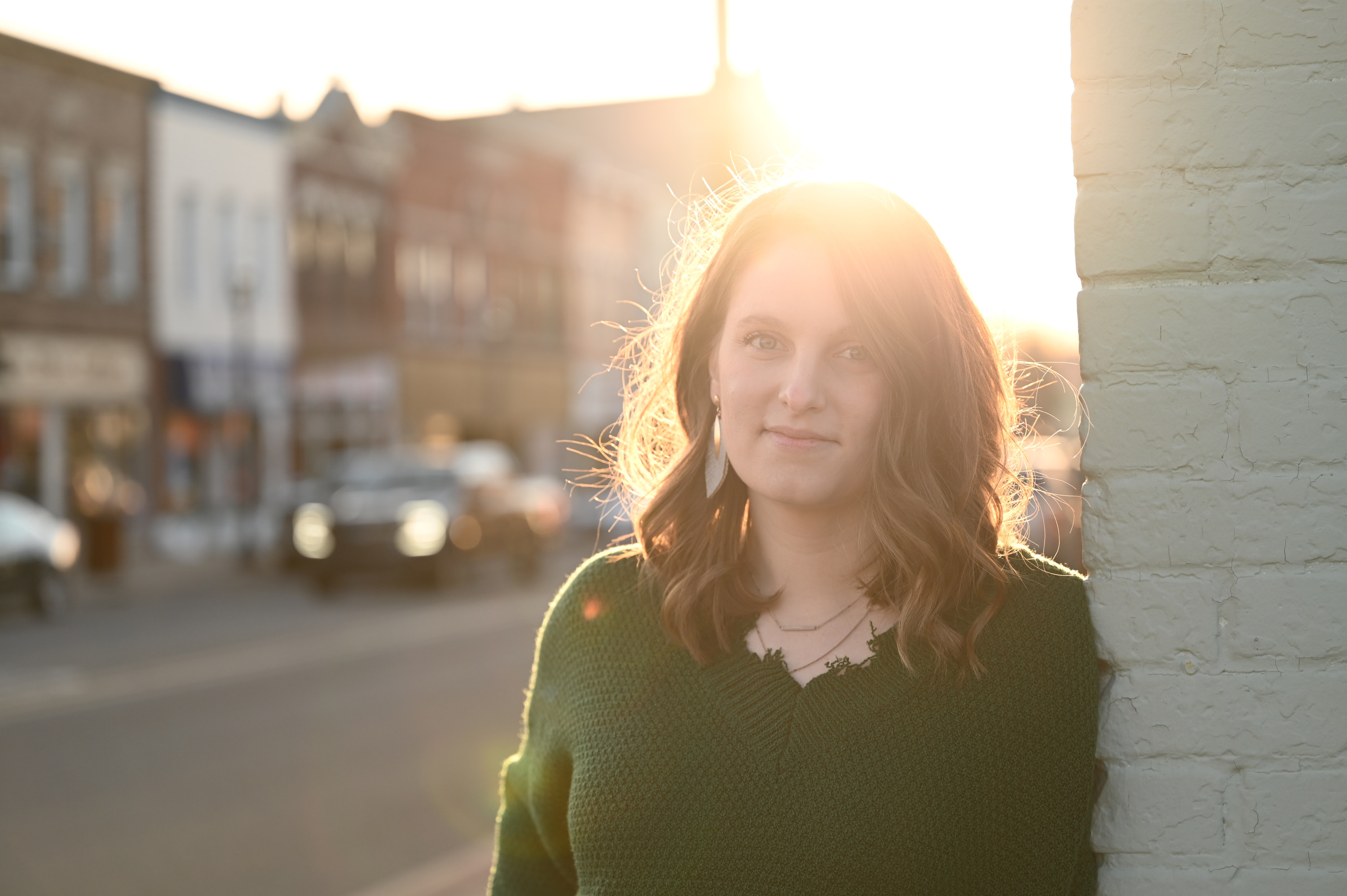
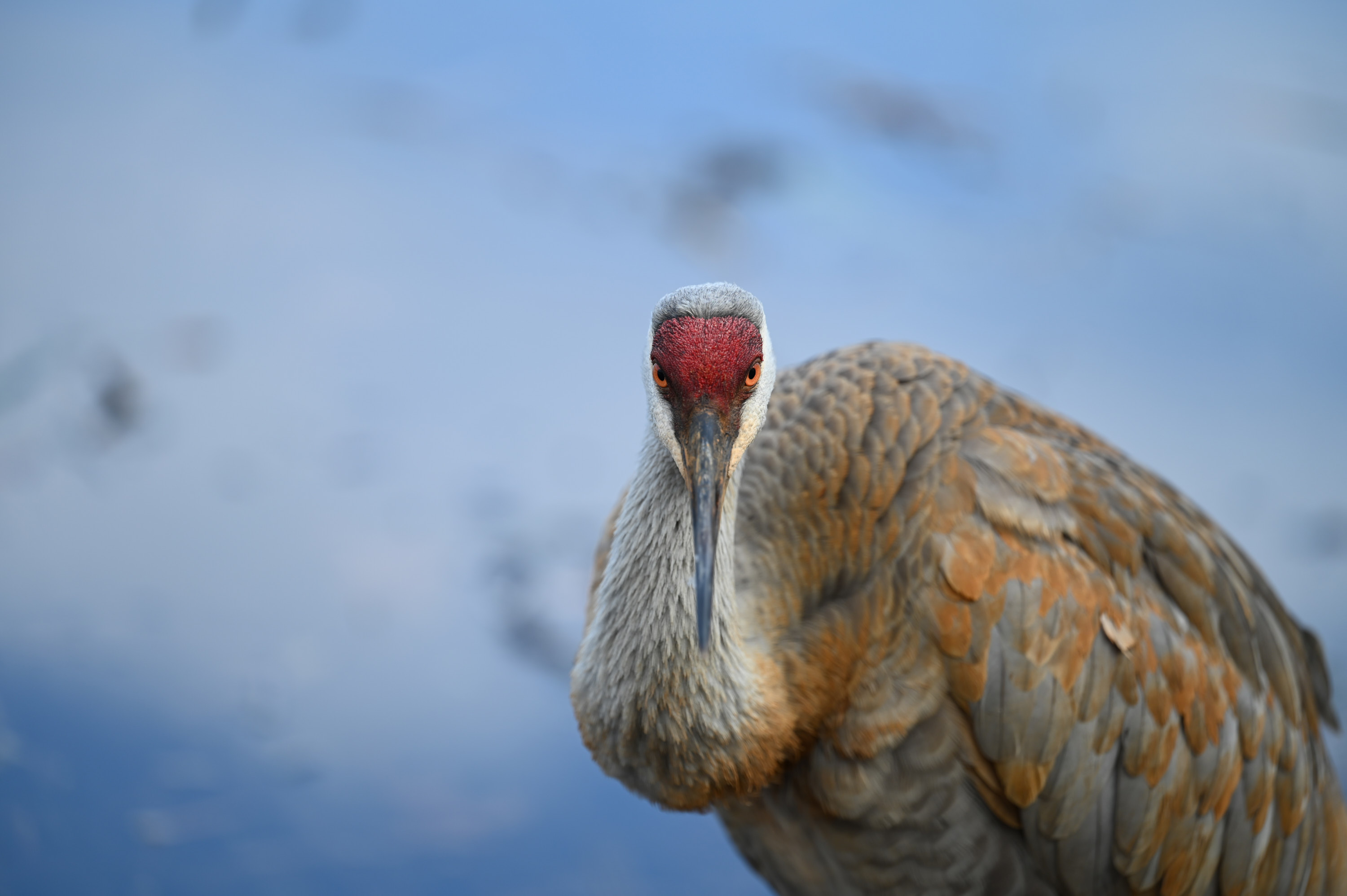




The Pros and Cons of a 70-200mm f4 Lens
“I don’t care about that,” is what one friend told me recently about weather resistance for his lenses. This friend is also the same one who has complained at least a few times about his Sony camera’s sensor getting dirty. Weather resistance isn’t just about bringing a camera out into the rain; it’s also about dust-repelling abilities. And thankfully, 70-200mm f4 lenses have often as much durability as their f2.8 counterparts.
Trust us, it matters.
When it comes to image quality, though, most people can’t tell the difference between an f4 and an f2.8 lens. Of course, if you’re pixel peeping, that’s a different story. But ask yourself this question: how often are you posting images on the web to be pixel peeped? And why? Why can’t people just enjoy the photo for what it is? And why aren’t people taking photos for pure enjoyment anyway?
Things that older photographers do aside, a 70-200mm f4 lens is often much lighter and smaller than its f2.8 counterpart. And professional photographers use those lenses to get wonderful results. What’s more, tracking autofocus is bound to also be great due to the laws of physics. Of course, what you’re missing here is an extra stop of light, and it surely matters in very low light situations, even at ISO 6400. And while there are lots of times when I’d opt to bring a prime like an 85mm f1.8 instead, that’s not the answer to every situation.
Here are some photos from previous 70-200mm f4 lens reviews we’ve done.
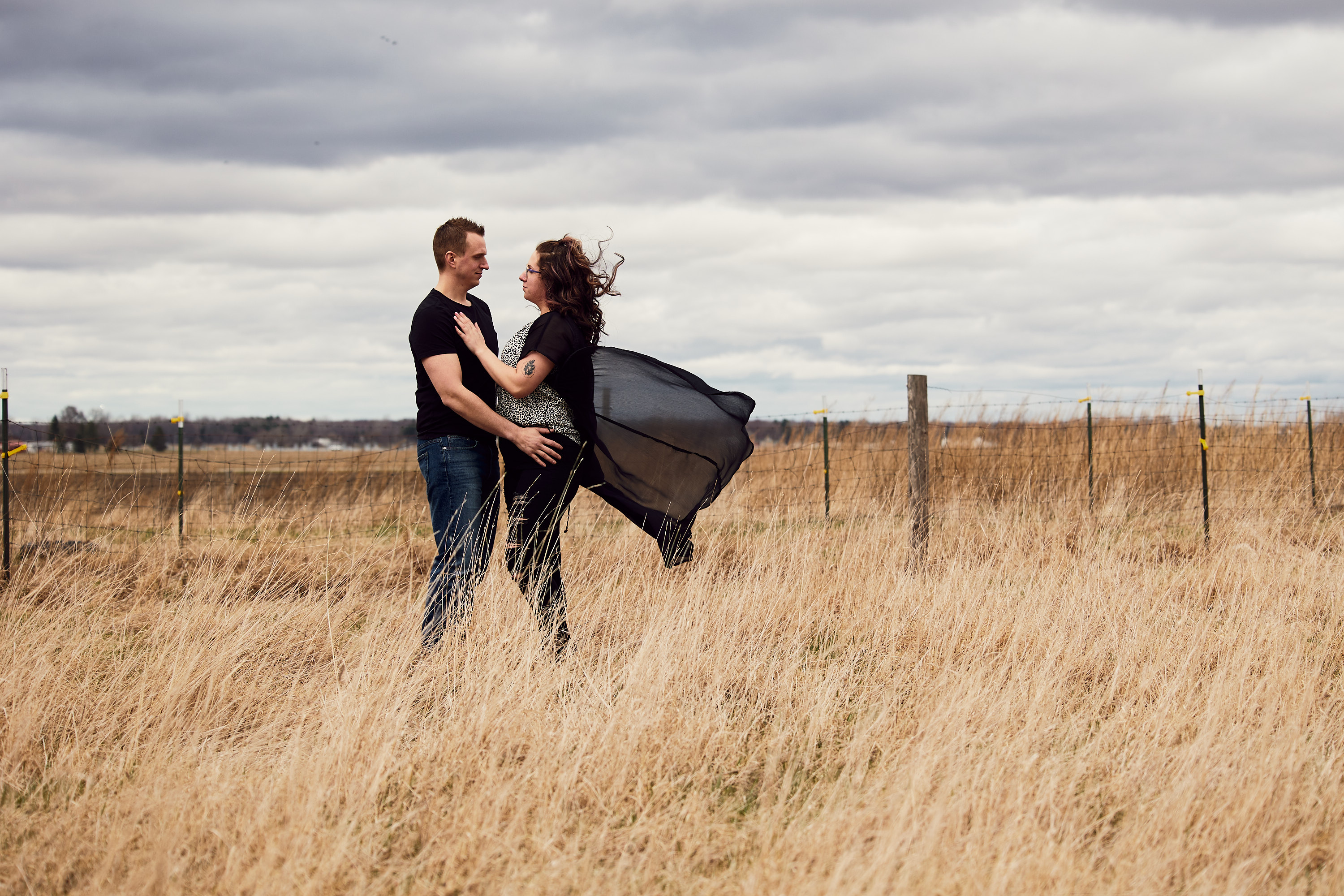




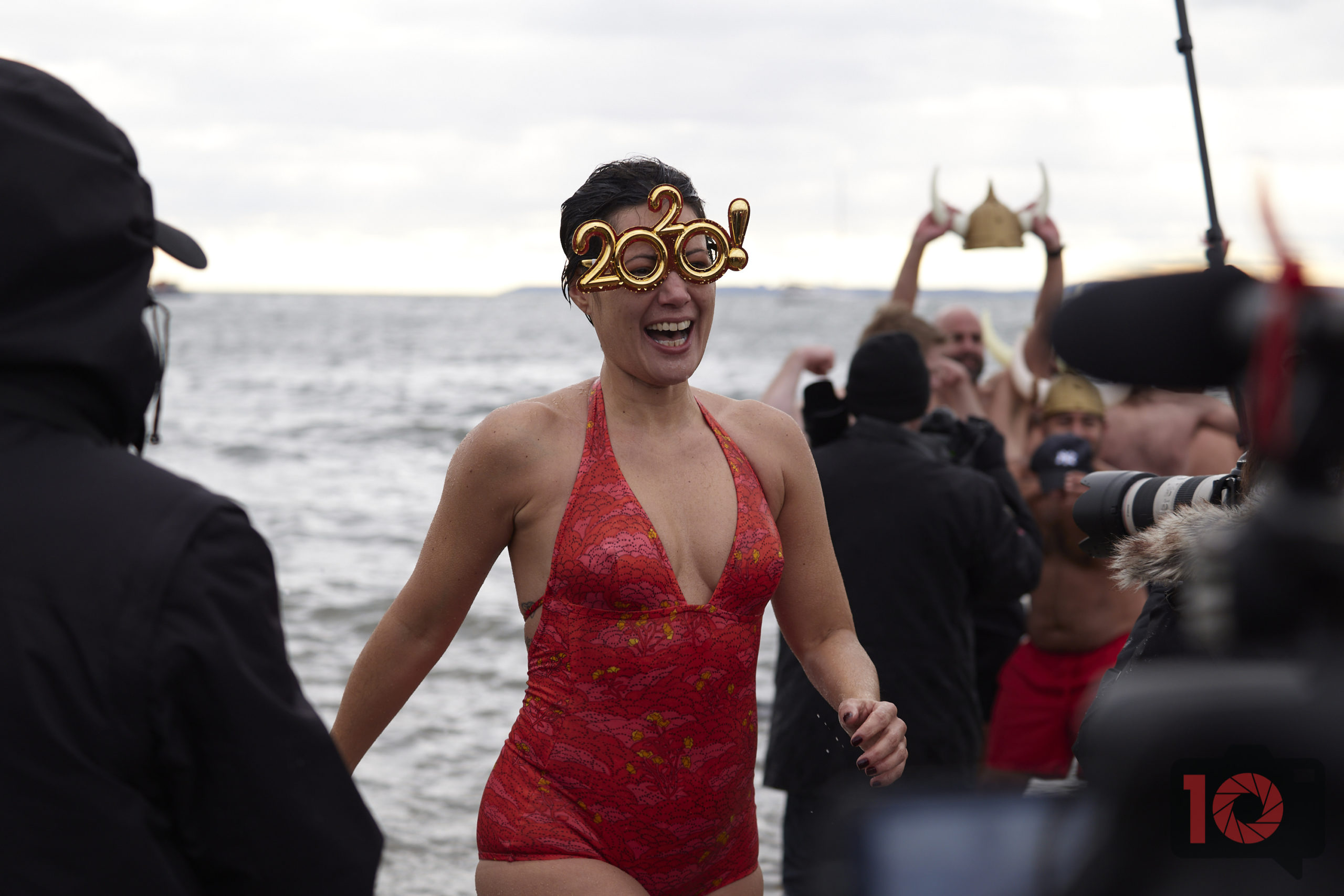





Which Should You Get?
Let’s go down a list of photographers here:
- Street photographers: 70-200mm f4 for sure.
- Event photographers: f2.8 all the way.
- Weddings: f2.8.
- Photojournalists: both work very well, but f2.8 will give you more versatility.
- Landscape: go with f4.
- Food photographers: f4 works just fine.
- Portrait photographers: both work.
- Wildlife: f2.8 can be really nice, but f4 can also be incredibly useful.
These are the only types of photographers we really think would look at a lens like this. In conclusion, a 70-200mm f4 lens can do most of the work that you really need to do. But sometimes, you really have an actual purpose for getting an f2.8 lens. Here are the links to our reviews of the ones we recommend, along with their standard pricing:
We’re inviting you to peruse our reviews and then make a responsible purchasing decision. If you’re curious about our testing methods, please check out our Editorial Policies. And as always, we hope this helps! Of course there are things we didn’t talk about, but we’re trying to be practical here.
The Phoblographer may receive affiliate compensation for products purchased using links in this blog post.


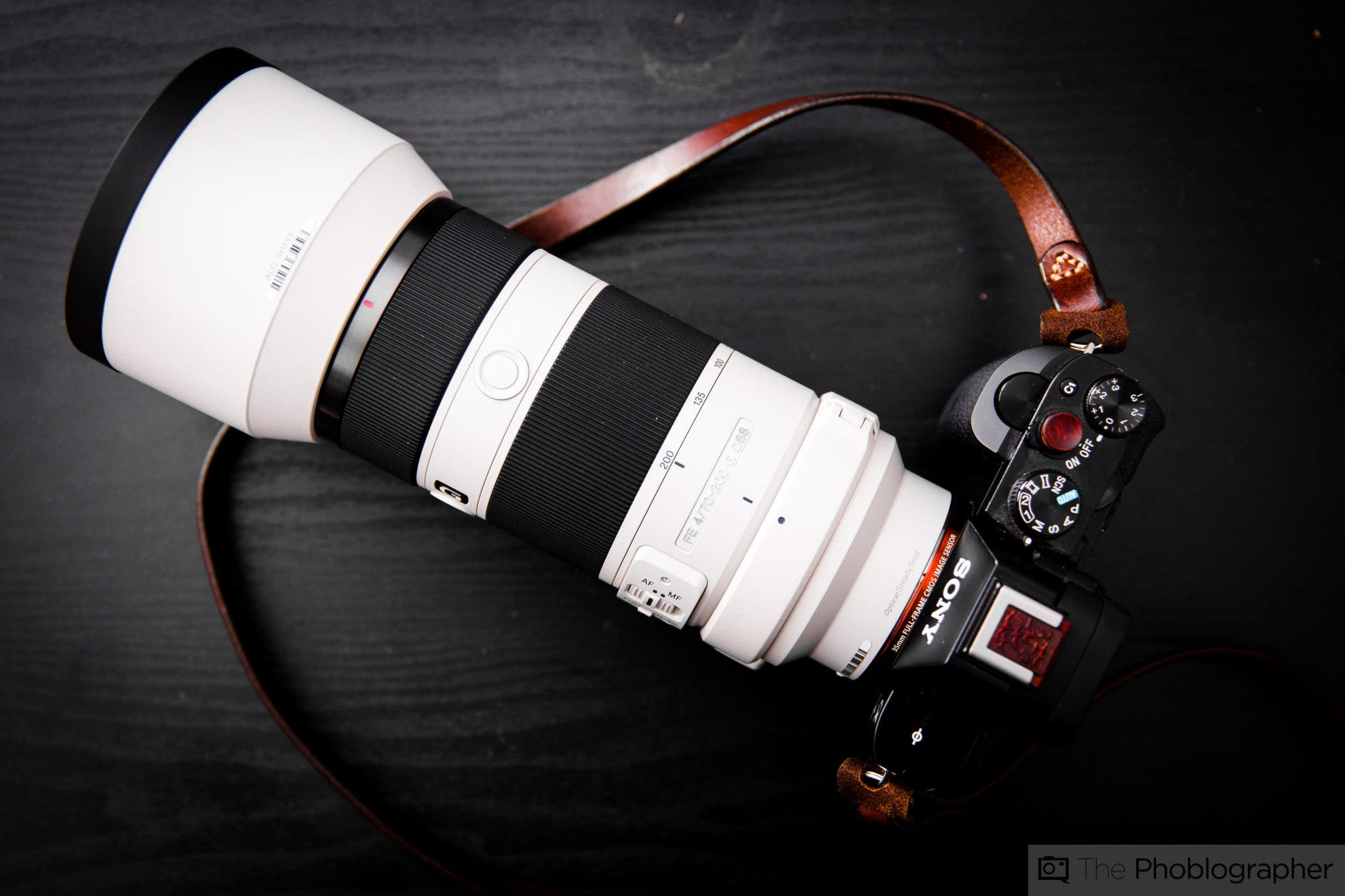
Leave a Reply